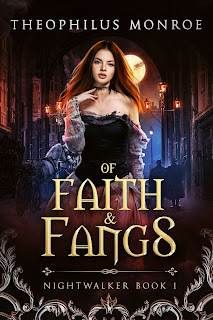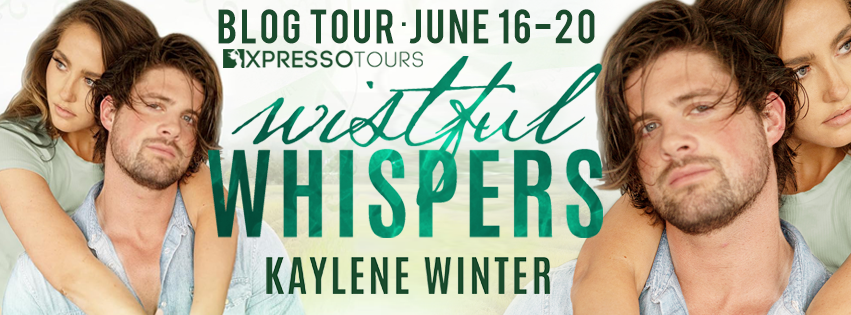False
Light: An Art History Mystery
by
Claudia Riess
GENRE:
Mystery
BLURB:
Academic
sleuths Erika Shawn, art magazine editor, and Harrison Wheatley, a
more seasoned art history professor, set out to tackle a brain
teaser. This time the couple—married since their encounter in
Stolen Light, first in the series—attempt to crack the long
un-deciphered code of art forger Eric Hebborn (1934-1996), which
promises to reveal the whereabouts of a number of his brilliant Old
Master counterfeits. (Hebborn, in real life, was a mischievous
sort, who had a fascination with letters and a love-hate relationship
with art authenticators. I felt compelled to devise a puzzler
on his behalf!) After publication of his memoir, Drawn to
Trouble, published in 1991, he encrypts two copies with clues to the
treasure hunt. On each of the title pages, he pens a
tantalizing explanatory letter. One copy he sends to an art
expert; the second, he releases into general circulation. The
catch: both books are needed to decipher the code.
When
the books are at last united 25 years later, Erik and Harrison are
enlisted to help unearth their hidden messages. But when
several research aides are brutally murdered, the academic challenge
leads to far darker mysteries in the clandestine world of art crime.
As the couple navigate this sinister world, both their courage under
fire and the stability of their relationship are tested.
Excerpt:
Owen
Grant was ebullient—“ripped with joy,” his beloved wife might
have said. He smiled, remembering the flutter of her eyelids that
accompanied her minted phrases. Now that she had died and his
arthritis no longer permitted him to jog up a sweat, he satisfied his
lust for life—which remained, five years after retirement, as
vigorous as it had been in his teens—with voracious reading and
clay sculpting. Today, however, he satisfied it with the Art and
Antiques article that had set his heart racing when he’d come
across it this morning while sifting through his mail. He stole
another glance at the newsletter on the kitchen table. In the
article, a used and rare book shop owner spoke about having acquired
a copy of a memoir by Eric Hebborn, the infamous art forger. “It
was in a carton I picked up at an estate sale,” the owner had said.
“The author’s handwritten note on the title page literally blew
my mind!”
Hebborn’s
note was displayed in a photograph. Owen had recognized the
handwriting at once. Imagine, after decades of searching for this
copy of the book—placing ads in all the art magazines, later in
their online versions, finally giving up—proof of it had fallen
into his life as he was about to venture another sip of his scalding
morning coffee.
Now
it was 8:30 p.m., and there was nothing more to prepare for. Owen had
contacted the shop owner—how young and breathless she had
sounded!—and they had made plans to meet. He had invited his
longtime friend and colleague, Randall Gray, to collaborate with him.
Randall, twenty years his junior and still in the game, was more
current in his knowledge of the world of art crime and eager to have
a look at the book as well. Owen was on a skittering high, unable to
concentrate on his usual avocations. Rather than wear a hole in the
carpet pacing in circles, he opted for a walk in Central Park.
He
headed for the nearest pedestrian entrance at Fifth Avenue and 72nd
Street, two blocks from his luxury apartment building on 74th. There,
he chose the rambling path leading to the Lake and Loeb Boathouse. It
was a balmy night, on the warm side for mid-April. He might have
stepped out in his shirtsleeves, but his conditioned urbanity, always
at odds with his truer self, had held sway, and he had worn his suit
jacket.
Aside
from the couple strolling up ahead and the sound of laughter coming
from somewhere south, Owen was alone. There had been an uptick of
muggings lately, but his frisson of fear only piqued his excitement
for the adventure shimmering on the horizon. As he walked, he
silently chatted with his wife, Dotty, as he often did, so that their
separation would not be absolute. He commented on the moonless night
and looked up, for both of them, at the rarely visible canopy of
stars. For a few seconds he was lost with her, until, without
warning, he felt a hard object pressed against the back of his
skull—the skull that held all memories, like Dotty’s fluttering
eyelids and the smell of new clay. He knew what the object was
without ever having touched one. He was a man of reason, not a
fighter. He flung up his hands. “I have money. Let me get to it.”
There
was no response. He reached into his pocket for his wallet—how warm
the leather was against his thigh—and his keys jangled of
homecomings, and the child in him whimpered please no, before the
explosive pop of a champagne cork ended him and Dotty and all the
rest of it.
Interview with Claudia
Riess
If
you write in more than one genre, how do you balance them?
I
love a good mystery, have a passion for art and am an incurable
romantic. Combining all three under one roof, so to speak, I find
most rewarding. The hybrid genre does have its challenges, but
dealing with them can be as satisfying a part of the creative process
as any other, from character-building to plot-mapping.
In
my most recent novels, characterized by Level Best Books as an “art
history mystery series,” Erika Shawn, art magazine editor and
Harrison Wheatley, Art History professor, are amateur sleuths with a
dynamic romantic relationship. One way I deal with the balancing act
of mystery and romance in this series is deciding that the principal
driving force is mystery and sticking to it. To prevent the plot
from stalling, I see that Erika’s and Harrison’s personal
conflicts have a bearing on their crime-solving. In one instance,
say, Erika goes off on a risky mission on the sly, despite Harrison’s
adamant opposition. Her decision and his reaction play an integral
part in both the plot development and the pair’s evolving
relationship.
Something I have to be on
guard about is digressing too long on intimate encounters or
personal-issues-centered dialogue. Both can break the forward motion
of the central plot. I have a tendency to get swept into the
emotional drama at hand, and it’s only later, when I’m reading
through the entire section or chapter where the interlude occurs,
that I realize the main thread’s been lost. Luckily, most of the
time all it takes to resolve the problem is a bit of pruning. On
occasion, though, it requires the interlude’s removal. This can be
painful, but sometimes cutting a book—and an author’s ego—down
to size can be an instructive experience.

AUTHOR
Bio and Links:
Claudia
Riess, a Vassar graduate, has worked in the editorial departments of
The New Yorker and Holt, Rinehart, and Winston and has edited several
art history monographs.
Buy
Link:
The
book is on sale for only $0.99 during the tour.
Giveaway:
$50 Amazon or Barnes and Noble GC
Follow the tour and comment; the more you comment, the better your chances of winning.




























.jpg)


%20By%20Daisy%20Belle.jpg)










































7 comments:
Thanks for hosting!
Would you ever like to see your book turned into a movie or tv show?
Thanks for featuring my art history mystery on your blog!
In a word, yes, Bernie. In fact, I outlined my ideas for the first book of the series in the form of a screen play.
Great post and awesome giveaway!
Continued thanks, Victoria!
How many hours a day do you spend writing?
Post a Comment